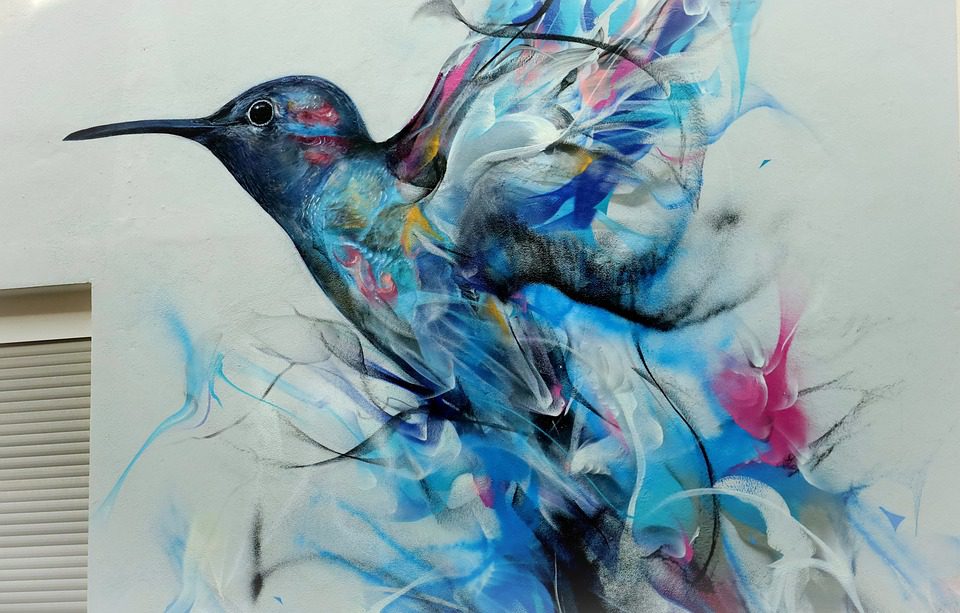The interplay of shadows and light has always been a key element in creating depth and drama in visual arts, and this is particularly evident in many masterpiece paintings throughout history. From the subtle nuances of chiaroscuro in the works of Caravaggio to the bold contrasts of light and shadow in the paintings of Rembrandt, the use of light and shadow adds a sense of dimension and realism to these iconic works of art.
One of the most famous examples of the interplay of shadows and light in paintings is Caravaggio’s “The Calling of Saint Matthew.” In this masterpiece, Caravaggio uses intense contrasts of light and shadow to highlight the central figures of the painting, creating a dramatic effect that draws the viewer’s eye to the focal point of the composition. The play of light and shadow also adds a sense of depth and movement to the scene, making the figures appear almost lifelike as they interact in the dimly lit room.
Another artist known for his masterful use of light and shadow is Rembrandt, whose works are characterized by their rich, painterly textures and dramatic lighting effects. In paintings such as “The Night Watch” and “Self-Portrait as the Apostle Paul,” Rembrandt uses subtle gradations of light and shadow to create a sense of mood and atmosphere, drawing the viewer into the emotional world of the subjects depicted in the paintings.
In more recent times, artists like Edward Hopper have continued to explore the interplay of shadows and light in their work. Hopper’s iconic paintings such as “Nighthawks” and “Morning Sun” are notable for their use of light and shadow to create a sense of isolation and alienation, with figures illuminated by artificial light in stark contrast to the darkness that surrounds them.
The interplay of shadows and light in masterpiece paintings is not only aesthetically pleasing, but it also serves to enhance the narrative and emotional impact of the works. By carefully manipulating the play of light and shadow, artists are able to create a sense of drama, mystery, and atmosphere that adds depth and complexity to their compositions.
Overall, exploring the interplay of shadows and light in masterpiece paintings offers a fascinating glimpse into the artistic techniques and creative vision of some of the greatest painters in history. From the Baroque masters to the Impressionists and beyond, the use of light and shadow continues to be a powerful tool for creating dynamic and engaging works of art that captivate and inspire viewers around the world.




